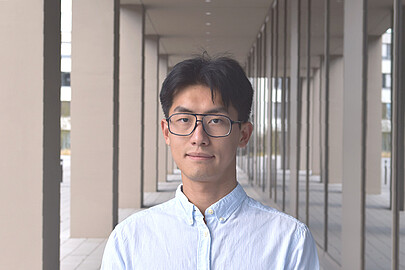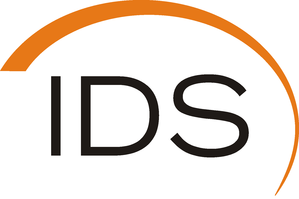Piezoelectric and ultrasonic technology is used in many areas of industry every day. Many applications are hardly noticeable to the end user, as the technology is mainly used in manufacturing processes. For example, ultrasound is often used in the packaging or plastics industry to join a wide variety of components or in the food industry to cut products. There are also many applications in medical engineering for surgery or dentistry. In addition, ultrasound is often used in sensors, such as the distance sensor in cars. The lecture teaches the basics of piezoelectric technology, without which ultrasonic transducers would be inconceivable today, as well as the basics for the use, operation and model-based design of ultrasonic systems using many application-oriented examples. In the exercises and labs, many of the steps for the design of ultrasonic transducers are carried out by the students themselves.
| Event form | Lecture and exercise |
| Level | Master |
| Semester | Summer term |
| Creditpoints | 5 |
Goals
The module provides specific knowledge of the applications and fundamentals of ultrasonic technology, particularly in industrial production, medical and automotive engineering.
After successful completion, students are able to
- explain the basics of ultrasonic technology,
- describe the way ultrasonic technology functions in the different applications,
- classify ultrasound systems by their visual appearance and estimate the mode of vibration,
- describe the design process of ultrasonic transducers,
- make specifications of ultrasonic transducers,
- develop a model-based design of ultrasonic transducers,
- set up piezoelectric ultrasonic transducers,
- characterise ultrasonic systems and components.
Topics
- Fields of application of ultrasonic technology
- Unidirectional wave equation of bars and its solution
- Reflections and transmissions in bars, eigenmodes of bars
- Influence of a variable cross-section
- Transfer matrices of bars
- Discretisation of joint bar-type components
- Fundamentals of piezoelectric materials
- Transfer matrices of bars and analysis of complex large-scale systems using transfer matrices
- Characteristics of transducers using the example of a scientific transducer
- Structure of ultrasonic systems
- Three-dimensional wave equation for fluids and gases (esp. air)
- Solution of three-dimensional wave equations of fluids and gases
- Three-dimensional wave equation for solid bodies
- Types of waves and behaviour at the boundary surfaces
Literature and working materials
To be announced in the lecture.
Dates
Lecture and exercise dates for the current semester can be found here.
Examination dates and information on the examinations can be found here once the examination schedule has been announced. Please be sure to check for current changes by the Academic Examination Office.
Contact
Lecture


30823 Garbsen


Exercise


30823 Garbsen




